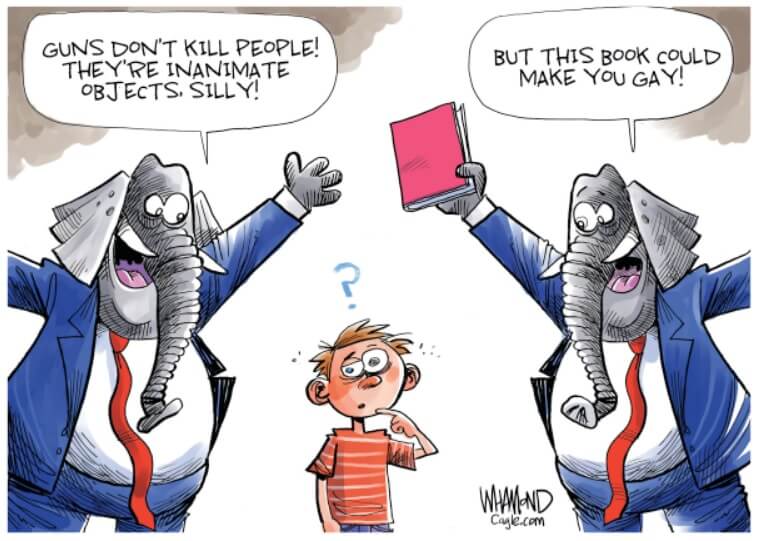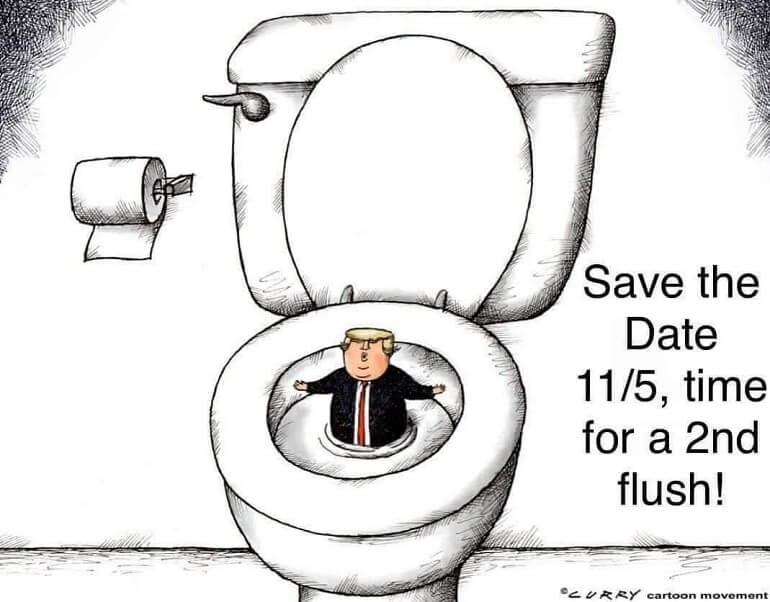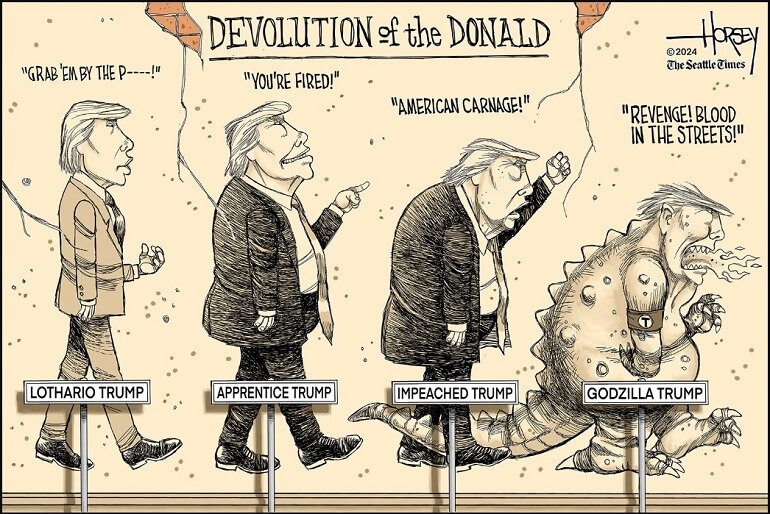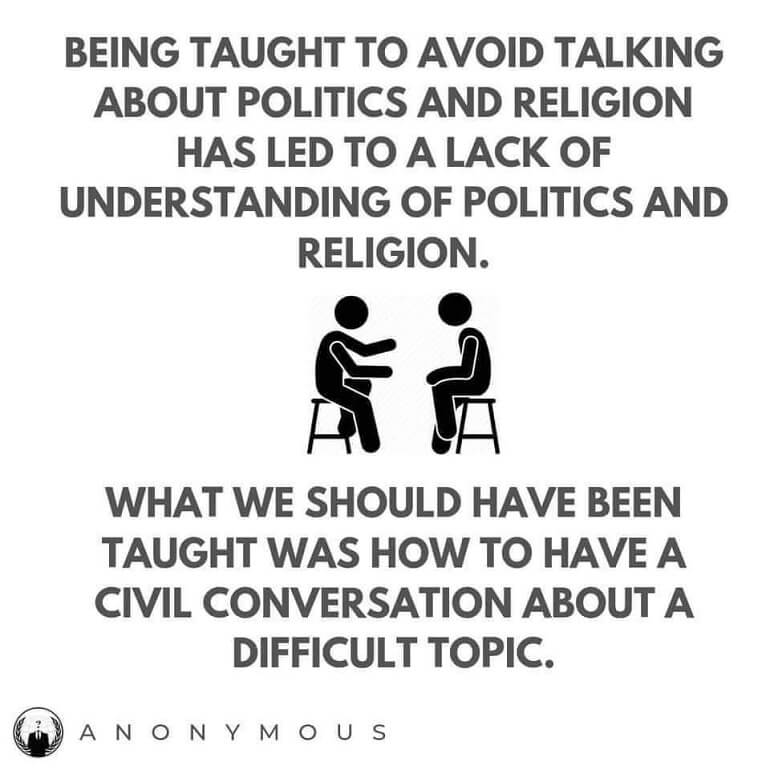
Yesterday, the opera was not an opera, but Giuseppe Verdi’s Requiem Mass. It is dramatic certainly (the Dies Irae alone takes 40 minutes to perform, and the whole mass is only an hour and a half), and Verdi was criticized for makng it “too dramatic,” but if you can’t be dramatic about death, what can you be dramatic about?

Three Substack writers this weekend posted articles which are profound, too much so to ignore any of them. Joyce Vance writes about Treump**’s latest threat of violence. Robert Hubbell writes about the real purpose of government, including quoting Lucian Truscott on the subject. And Heather Cox Richardson writes abot Russian disinformation, and how it it Russia’s strongest weapon against Ukraine, and also against us insofar as it affects our electoral process. I hate to be grim on what should be a joyous holiday – but unfortunately we can’t afford to ignore reality.
Senator Ron Wyden (the other Democratic Senator from Oregon) is asking questions which need to be asked – and answered – and that very publicly.








